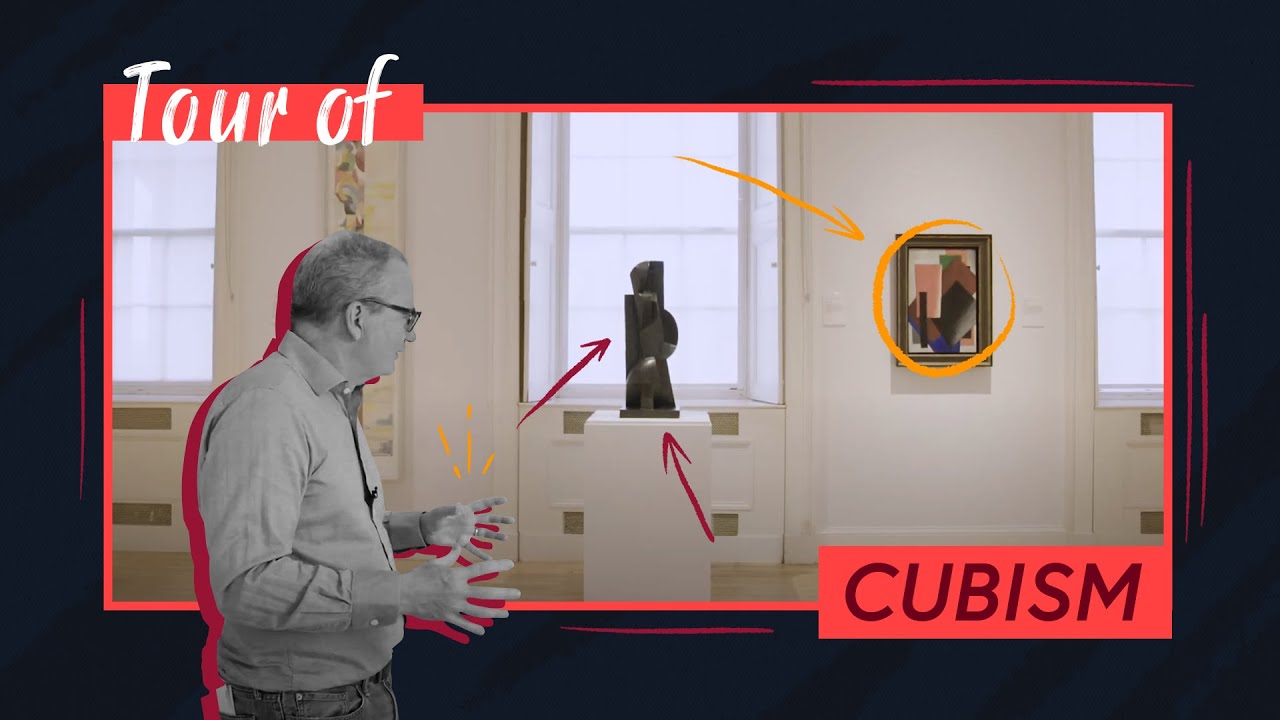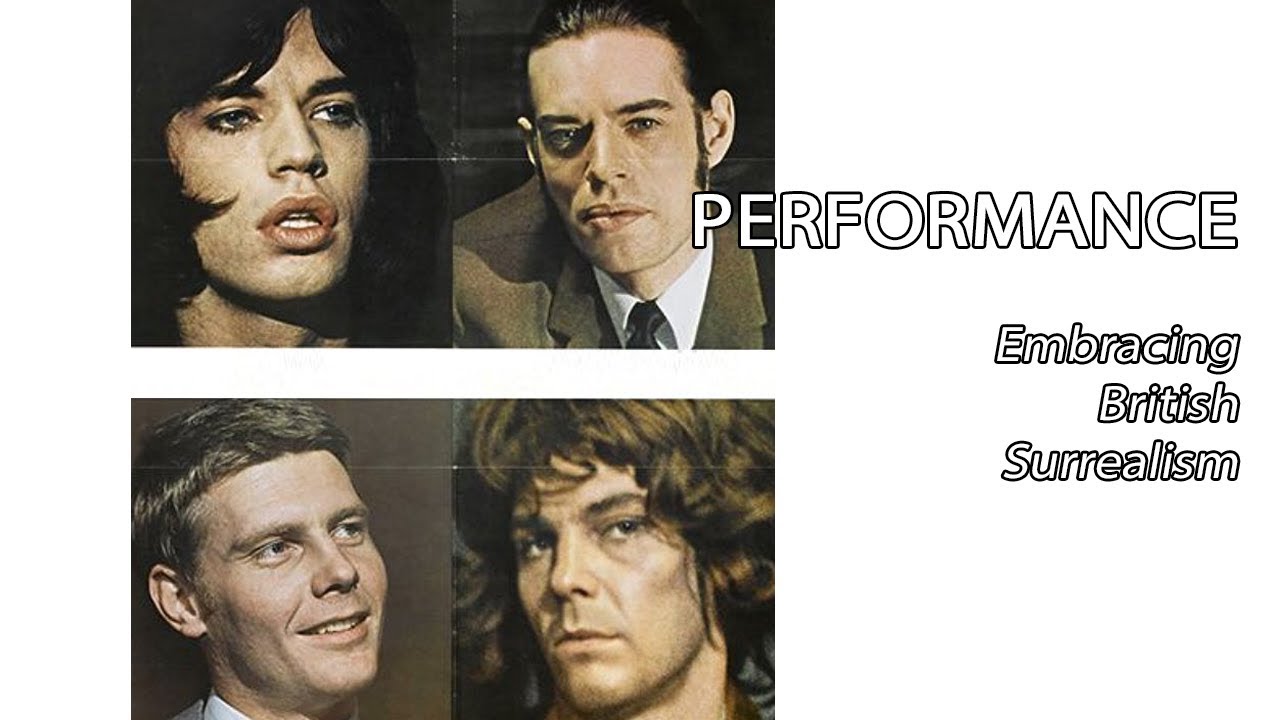nationalgalleries
Cubist art emerged in Paris around 1907. The two main ‘inventors’ of Cubism were the French painter Georges Braque (1882–1963) and the Spaniard Pablo Picasso (1881–1973). The term ‘Cubism’ originated in a derogatory remark made by an art critic in 1908: he said that Braque reduced everything ‘to geometric outlines, to cubes’. The term ‘Cubism’ soon came into widespread use, although in fact Cubist paintings rarely feature cubes.
Within a few years, a small group of artists based in Paris, including Fernand Léger, Robert Delaunay and Sonia Delaunay, were following the lead of Braque and Picasso. They wanted to emphasise that a painting is a flat surface while the things they represented were three-dimensional. Instead of choosing a fixed perspective, and presenting views as if seen through a window, they painted a motif as if seen from several different angles at once. This dynamic, modern approach introduced a time factor, since it implied that the artist had moved around the subject. It was a style geared to the modern world of speed and rapid change.
The Cubist style quickly spread across Europe and America and was particularly popular in Russia, where it accorded with new Revolutionary ideals. Cubism splintered into different styles in different countries: the Italians had Futurism; the British had Vorticism; the Russians had Suprematism and Constructivism. All these different offshoots developed from Cubism – making it probably the most radical and influential art movement of the twentieth century.
Facebook: https://www.facebook.com/nationalgall…
Twitter: https://twitter.com/NatGalleriesSco
Instagram: https://www.instagram.com/natgallerie…
Website: https://www.nationalgalleries.org/
Source




love cubism, awesome!
Sweet.
Love these wee vieos!
I appreciate you explaining cubism more meaningfully. Timothy Marshall